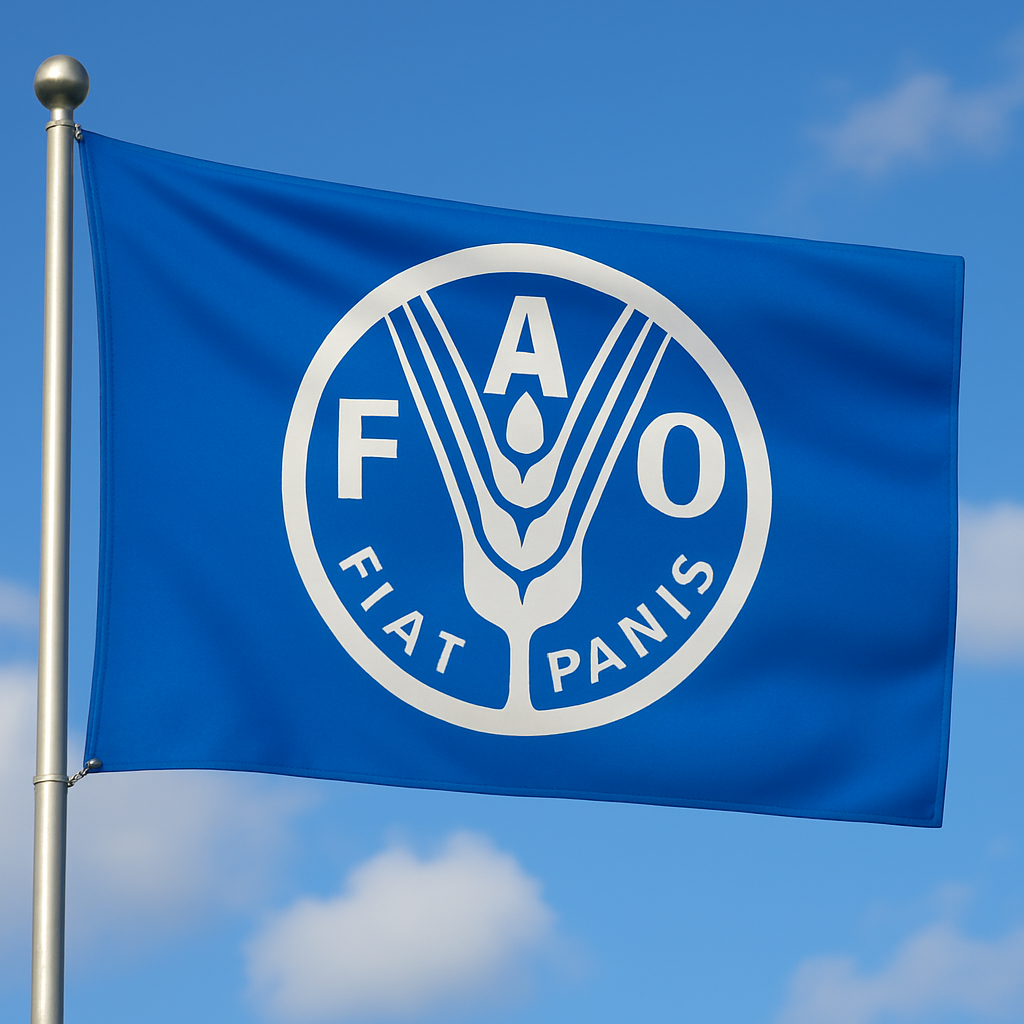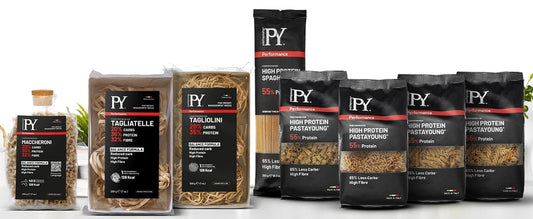
The future of proteins
Share
Global protein consumption is evolving rapidly. Today, the world average is about 42 grams of animal protein per person per day (FAO, 2022), with wide disparities between high- and low-income countries.
Consumption Forecasts for 2045
- Conventional meat: +14% by 2045, driven by population growth and urbanization.
- Farmed fish (aquaculture): +32%, overtaking wild-caught fish as the main source of seafood.
- Alternative proteins (insects, algae, lab-grown meat): +400%, starting from a small base.
- Plant-based proteins: +55%, boosted by vegan and flexitarian diets.

The Role of Sustainability
Animal agriculture accounts for about 14.5% of global greenhouse gas emissions (FAO). Expanding alternatives like cultivated meat, microalgae, and edible insects can significantly reduce the environmental footprint.
Innovation and Novel Food
Novel foods offer a practical solution to the tension between mass production and sustainability. Emerging technologies such as precision fermentation and 3D food printing make it possible to deliver safe, nutritious and low-impact proteins.
Conclusion
The future of protein will be increasingly hybrid: traditional meat and fish will coexist with a growing share of alternatives. The informed consumer will be central to this dietary transition toward a healthier planet.




